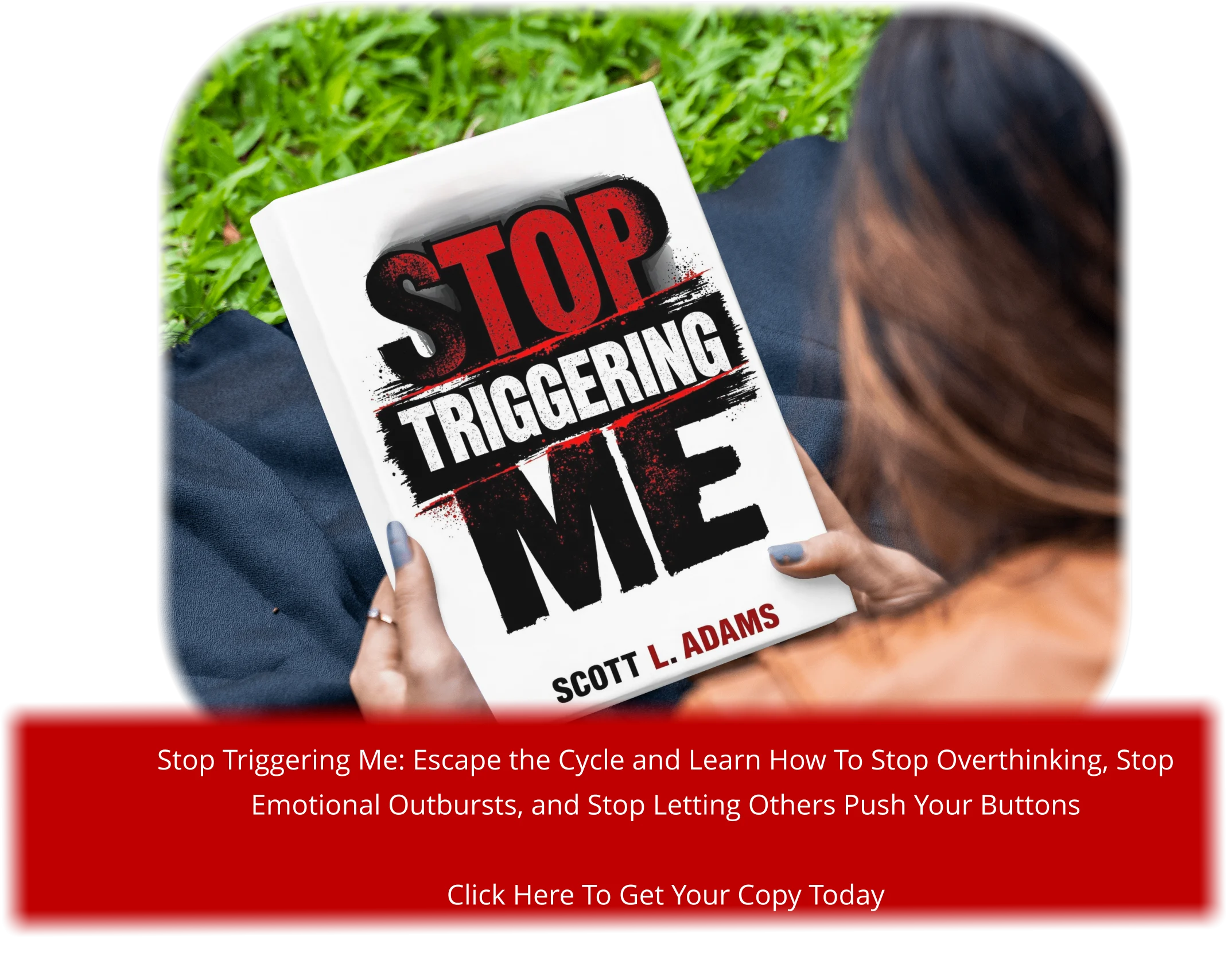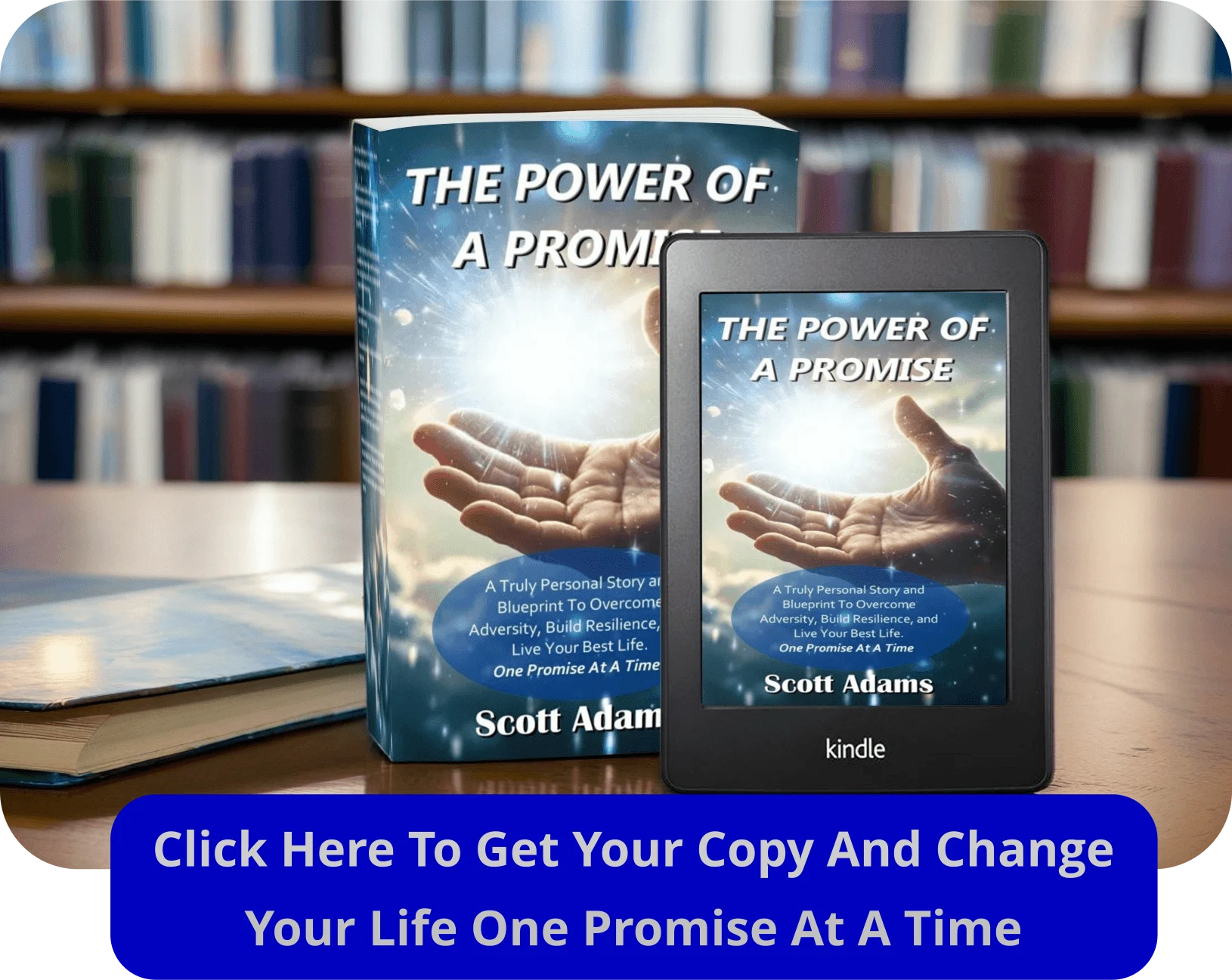I remember sitting in a crowded waiting room, my heart racing and my thoughts spiraling. The noise around me felt deafening, and I couldn’t focus on anything but the overwhelming sense of unease. It was one of those moments when I realized I needed a way to reset my mind—fast.
That’s when I discovered the power of quick mental resets. By engaging the parasympathetic nervous system, which helps calm the body after stress, I learned to regain control in challenging situations. Clinical social worker Carmella Wygant emphasizes that mastering these strategies can transform how you handle anxious moments1.
Whether you’re stuck in traffic or facing a stressful day, these techniques can help you feel calmer and more centered. Mental health is a vital part of overall well-being, and learning to manage stress effectively is a skill worth developing2.
Key Takeaways
- Quick mental resets can help you regain control during stressful moments.
- The parasympathetic nervous system plays a key role in calming the body.
- Mastering these strategies can improve your ability to handle anxiety.
- Mental health is essential for overall well-being.
- Effective stress management is a skill that can be developed.
Understanding Anxiety and Its Impact
There was a time when I felt overwhelmed by a constant sense of unease, unsure of what was happening to me. It wasn’t just stress—it felt deeper, more persistent. That’s when I began to understand what anxiety truly is: a mental health condition that goes beyond everyday worries.
What is Anxiety?
Anxiety is more than just feeling stressed or nervous. It’s a persistent sense of fear or worry that can interfere with daily life. For some, it’s a temporary response to a stressful situation. For others, it’s a chronic condition that requires attention and care3.
Nearly 1 in 5 American adults experience anxiety disorders each year4. This includes conditions like generalized anxiety disorder, social anxiety, and panic disorder. Understanding the difference between normal stress and anxiety is the first step toward managing it effectively.
Recognizing Common Symptoms
Anxiety can manifest in many ways, both physically and emotionally. Here are some common signs to watch for:
- Physical symptoms: Rapid heartbeat, sweating, trembling, or muscle tension.
- Emotional symptoms: Feelings of apprehension, restlessness, irritability, or difficulty concentrating3.
For me, recognizing these symptoms was a turning point. It helped me realize that what I was experiencing wasn’t just stress—it was something that needed attention.
Untreated anxiety can sometimes lead to deeper issues, which is why early treatment is key. Studies show that about half of diagnosable mental health disorders start by age 144. Understanding your own health and seeking help when needed can make a significant difference.
Essential Anxiety Reduction Techniques for Instant Calm
During a particularly hectic day, I found myself overwhelmed and unsure how to regain my focus. That’s when I discovered a few simple yet powerful methods to bring instant calm. These techniques have become my go-to tools whenever I need to reset my mind quickly.
One of the most effective methods I’ve tried is controlled breathing. By focusing on slow, deep breaths, I can calm my racing thoughts almost instantly. A 2023 review highlights that deep breathing techniques, like the 4-7-8 method, can significantly slow heart rates and promote relaxation5.
Another practice I rely on is meditation. Even just five minutes of mindfulness can make a huge difference. Studies show that mindfulness-based stress reduction programs can relieve symptoms comparably to antidepressants6. It’s a simple way to center yourself, no matter where you are.
Here are a few techniques I’ve found helpful:
- Controlled Breathing: Inhale for 4 counts, hold for 7, exhale for 8.
- Mindfulness Meditation: Focus on your breath or a calming image for 5 minutes.
- Yoga or Stretching: A quick routine can shift your focus and release tension.
Adding a brief yoga or stretching routine has also been a game-changer for me. It helps me shift my focus from anxious thoughts to my body’s movements. A 2021 study found that physically active individuals have a 60% lower chance of developing anxiety symptoms6.
Experiment with these methods to see which ones work best for you. Whether it’s breathing, meditation, or yoga, finding what resonates with your lifestyle can make a world of difference.
Harnessing the Power of Breathing and Stretching
One evening, after a long day, I felt my body tense up, and my mind racing with thoughts I couldn’t control. That’s when I turned to two simple yet powerful practices: diaphragmatic breathing and stretching. These methods have become my go-to tools for calming my body and mind.
Diaphragmatic Breathing Explained
Diaphragmatic breathing, also known as belly breathing, is a foundational relaxation technique. It involves taking slow, deep breaths that engage your diaphragm rather than shallow chest breaths. This method can significantly lower cortisol levels, a hormone linked to stress, by up to 30%7.
Here’s how I practice it:
- Sit or lie down in a comfortable position.
- Place one hand on your chest and the other on your belly.
- Inhale deeply through your nose, letting your belly rise while keeping your chest still.
- Exhale slowly through your mouth, feeling your belly fall.
Even just one minute of this exercise can reset your mind and calm your body7.
Simple Stretches to Release Tension
Stretching is another effective way to release built-up stress in your muscles. I’ve found that simple stretches, like rolling my head slowly or shrugging my shoulders, can make a big difference. These movements help me reconnect with my body and ease tension.
Here are a few stretches I do daily:
- Neck Rolls: Slowly roll your head in a circular motion, first clockwise, then counterclockwise.
- Shoulder Shrugs: Lift your shoulders toward your ears, hold for a few seconds, then release.
- Side Stretch: Extend one arm overhead and lean to the opposite side, feeling the stretch along your torso.
These stretches not only relieve physical tension but also trigger the parasympathetic nervous system, promoting a sense of calm8.
Even dedicating a few seconds to these practices can change your physical and emotional state. As Carmella Wygant advises, “Small, consistent actions can lead to big shifts in how you feel.”
Using Your Words and Guided Imagery for Immediate Relief
It was during a quiet moment of reflection that I realized the power of words in calming my mind. I had been feeling overwhelmed, and in that moment, I decided to speak my emotions out loud. This simple act helped me differentiate between fear and real danger, giving me a sense of control.
How Verbalizing Emotions Helps
Verbalizing what you feel engages the prefrontal cortex, the part of your brain responsible for rational thought. This process can calm your mind almost instantly. Clinical observations show that labeling emotions can reduce their intensity, providing faster relief9.
Here’s an example from cognitive behavioral therapy: Naming your emotions can provide clear insight into what you’re experiencing. This practice helps you process feelings analytically, making it easier to manage them10.
To use this technique effectively, try asking yourself key questions:
- What am I feeling right now?
- Why am I feeling this way?
- Is this emotion based on fact or fear?
Verbal expression is an immediate and effective therapy tool. It’s something you can do anywhere, anytime. As I’ve learned, even a few seconds of speaking your emotions can make a big difference.
Guided imagery, another powerful technique, involves forming mental images to aid relaxation. Studies show that this practice can reduce stress and improve sleep quality9. Combining verbal expression with guided imagery can create a powerful reset for your mind.
Remember, small, consistent actions can lead to big shifts in how you feel. Start by speaking your emotions out loud and see the difference it makes.
Music, Language Shifts, and Creative Distraction Strategies
On a quiet afternoon, I found myself reaching for my headphones, seeking a way to escape the chaos in my mind. Music has always been a refuge for me, a tool to shift my focus and bring calm. It’s not just about listening—it’s about immersing yourself in a world where stress fades, even if just for a moment.
Lose Yourself in Music
Music has a unique power to reset your mind. Studies show that listening to music can decrease cortisol production, which is linked to stress levels11. I’ve found that songs with a tempo of 60 to 80 BPM can help moderate my heart rate and breathing, creating a sense of calm11.
When I’m feeling overwhelmed, I put on my favorite playlist and let the melodies take over. It’s a simple yet effective way to distract myself from stressors and focus on something positive. Music can also evoke memories, transporting you to happier times and providing emotional support11.
Crafting a Calming Playlist
Creating a playlist is more than just selecting songs—it’s about curating an experience. I like to include tracks from different stages of my life, each one tied to a positive memory. This process itself can be a calming activity, allowing you to reflect and reconnect with moments of joy.
Here’s how I approach it:
- Choose songs that resonate: Pick tracks that evoke positive emotions or memories.
- Mix tempos: Include slower songs for relaxation and upbeat ones for energy.
- Update regularly: Keep your playlist fresh by adding new favorites.
Another strategy I’ve discovered is using a non-native language to engage my brain differently. Speaking or listening in another language can offer a mental reset by activating different parts of the brain. It’s a creative way to shift focus and reduce stress.
These strategies are versatile tools that can be personalized to suit your lifestyle. Whether it’s music, language, or another creative activity, finding what works for you can make a big difference. Small, supportive actions like these can provide the mental reset you need to face challenges with clarity and calm.
Integrating Physical Activity and Mindfulness Practices
Last week, during a particularly overwhelming moment, I decided to lace up my sneakers and head out for a walk. That simple act of movement shifted my entire mindset. It reminded me how powerful physical activity can be in resetting your mental state.
Research shows that combining mindfulness with exercise can significantly improve psychological health12. Whether it’s a brisk walk or a mindful yoga session, these practices work together to calm your mind and strengthen your body. Studies highlight that this combination can reduce stress and improve overall well-being13.
Benefits of Regular Exercise
I’ve found that even a short walk can make a big difference. When I’m feeling stressed, stepping outside and moving my body helps me regain focus. Regular physical activity builds resilience, making it easier to handle challenging moments12.
Here’s what I’ve noticed:
- Improved mood: Exercise releases endorphins, which naturally boost your spirits.
- Better focus: Physical movement helps clear mental clutter.
- Long-term strength: Consistency in activity builds mental and physical endurance.
Yoga and Mindfulness Techniques
Yoga has become a cornerstone of my routine. It’s not just about the physical poses—it’s about the mindfulness that comes with it. Combining yoga with meditation creates a powerful tool for mental clarity13.
Here’s how I incorporate it:
- Start small: Even five minutes of mindful breathing can set the tone for your day.
- Focus on the present: Use yoga to anchor your thoughts in the moment.
- Be consistent: Small, daily efforts lead to lasting changes.
Maintaining a routine of physical activity and mindfulness practices has transformed how I handle stress. It’s a reminder that small, consistent actions can lead to significant improvements in mental health.
Nurturing Your Body Through Balanced Nutrition and Rest
A few months ago, I realized how much my eating habits were affecting my mood and energy levels. I decided to make a change, focusing on whole foods and balanced meals. This shift not only improved my physical health but also helped me manage daily stress more effectively.
Eating Whole Foods for Stress Reduction
Whole foods, like fruits, vegetables, and whole grains, have become a cornerstone of my diet. Research shows that these nutrient-rich options can lower cortisol levels, a hormone linked to stress14. I’ve noticed that when I eat clean, I feel more centered and energized.
On the flip side, ultra-processed foods can have the opposite effect. Studies indicate that diets high in processed items are associated with increased stress and mood swings15. Cutting back on these has been a game-changer for me.
Here are some simple meal ideas that have worked for me:
- Green Bean Salad with Quinoa: A light, protein-packed dish that keeps me full and focused.
- Superfoods Shake: A blend of spinach, berries, and almond milk for a quick nutrient boost.
- Roasted Veggie Bowl: A mix of sweet potatoes, broccoli, and chickpeas for a satisfying dinner.
Good rest is just as important as balanced nutrition. Most adults need 7-9 hours of quality sleep each night for optimal health14. I’ve found that a calming bedtime routine, like reading or deep breathing, helps me unwind and sleep better.
Viewing food and rest as essential components of your mental health toolkit can make a big difference. Small, consistent changes in these areas can lead to lasting improvements in how you feel.
Building a Supportive Environment and Setting Boundaries
During a particularly challenging week, I found myself relying heavily on my support system to navigate through the stress. It was a reminder of how crucial it is to have a trusted group of people who can offer encouragement and understanding when life feels overwhelming.
Research shows that having a strong social support network can significantly reduce feelings of helplessness and boost self-esteem16. For me, this meant leaning on my family and close friends during tough times. Knowing I wasn’t alone made a world of difference.
Leveraging Family and Social Support
One of the most valuable lessons I’ve learned is the importance of reaching out. Whether it’s a quick text to a friend or a heartfelt conversation with a loved one, these connections can provide a sense of belonging and security17.
Here are a few ways I’ve built my support system:
- Stay connected: Regularly check in with loved ones, even if it’s just a brief message.
- Join a group: Whether it’s a hobby club or a support group, being part of a community can offer emotional support.
- Be open: Share your feelings honestly with those you trust. Vulnerability can strengthen relationships.
Learning to Say No
Setting boundaries has been another game-changer for me. I used to say yes to everything, fearing I’d disappoint others. But over time, I realized that saying no is an act of self-care, not selfishness18.
Studies show that setting boundaries can reduce cognitive load and help regulate stress hormones like cortisol16. For me, this meant learning to prioritize my well-being by saying no to things that drained my energy.
Here’s how I’ve practiced setting boundaries:
- Be clear: Communicate your limits gently but firmly.
- Start small: Begin with low-stakes situations to build confidence.
- Reassess regularly: Adjust your boundaries as needed to ensure they remain effective17.
Building a supportive environment and setting boundaries are essential steps toward mental well-being. Remember, asking for help or saying no is a strength, not a weakness. Small, consistent actions in these areas can lead to lasting improvements in how you feel.
Conclusion
During a busy morning, I felt my thoughts racing, and I knew I needed a quick way to reset. Over time, I’ve learned that small, consistent actions can make a big difference in managing stress. Practices like diaphragmatic breathing, mindfulness, and creative distractions have become essential tools in my daily routine. Studies show that these methods can lower heart rate and improve focus, offering immediate relief19.
Maintaining a balanced lifestyle is key. Regular exercise, healthy eating, and quality sleep all contribute to better mental health. Research highlights that combining physical activity with mindfulness can significantly reduce stress levels20. These practices not only help in the moment but also build long-term resilience.
Remember, every step counts. Explore additional resources on our website and use these tips as tools in your journey. If you need further support, don’t hesitate to reach out. Small, consistent efforts can lead to lasting improvements in how you feel.







